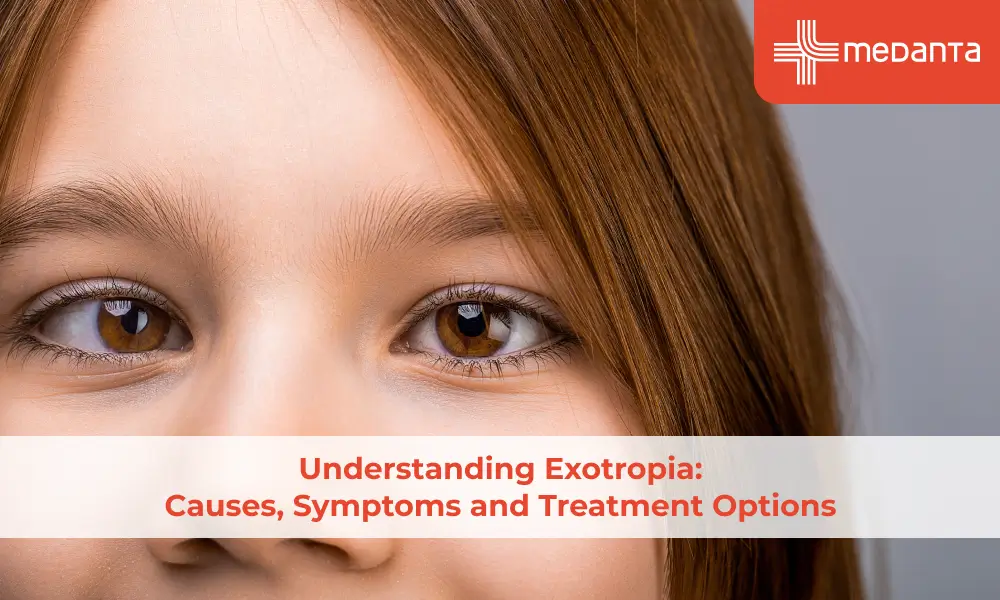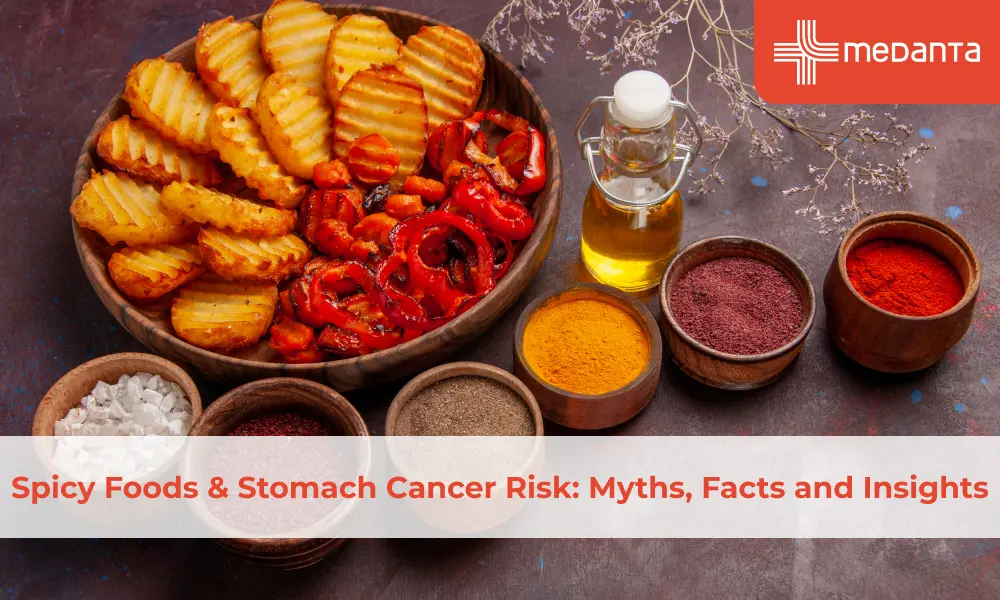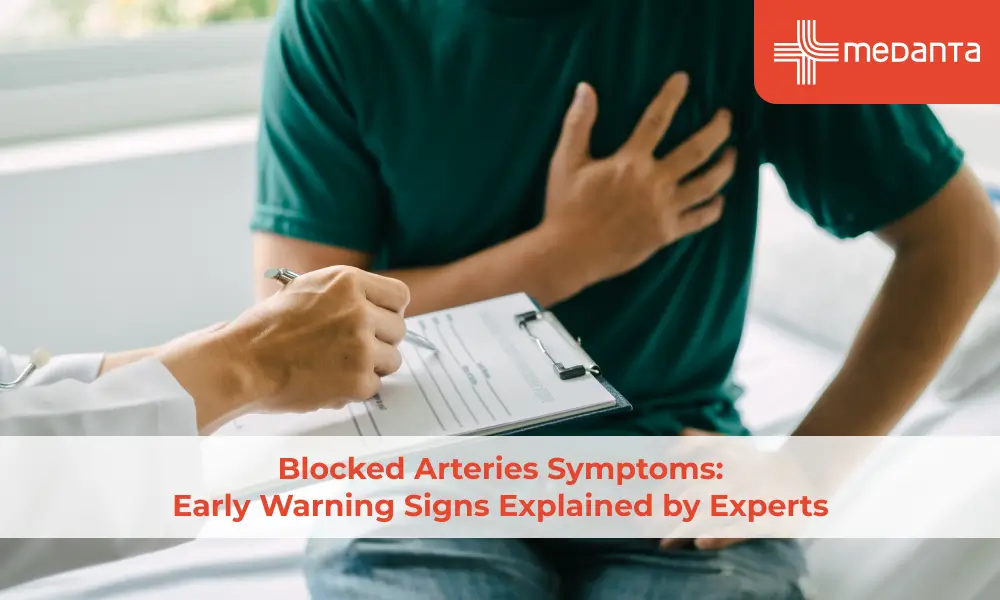Lung Nodule: Meaning, Causes and Treatment


Lung nodule or Pulmonary Nodule, also called “spots” or “coin lesions”, is a small growth on the lung, and is usually smaller than 3 centimetres. They are quite common and appear as white shadows on a chest X-ray or CT Scan.

Non-cancerous lung nodules can be caused by a number of reasons like: Infections like tuberculosis, Rheumatoid arthritis, and Non-cancerous tumour like fibroma.

Certain risk factors that increase the chances of lung nodule are: A history of smoking, age above 60, and a family history of cancer.

Most lung nodules are non-cancerous. However, the chances of a lung nodule being cancerous increases if - Nodule is larger than 3cm, nodules are solid or are "spiculated"—have irregular or lobular borders or multiple nodules that keep growing.

Symptoms for a cancerous lung nodule may exhibit symptoms like: shortness of breath, chest pain, coughing up blood, back pain, and weight loss.

If the lung nodule is caused due to an infection, the doctor will recommend medicines to cure the same. You may also be recommended imaging or CT Scans to keep a track of the nodule. If your lung nodule doesn’t go even after 2 years, chances are it is cancerous and your doctor will tell you the best way forward.






